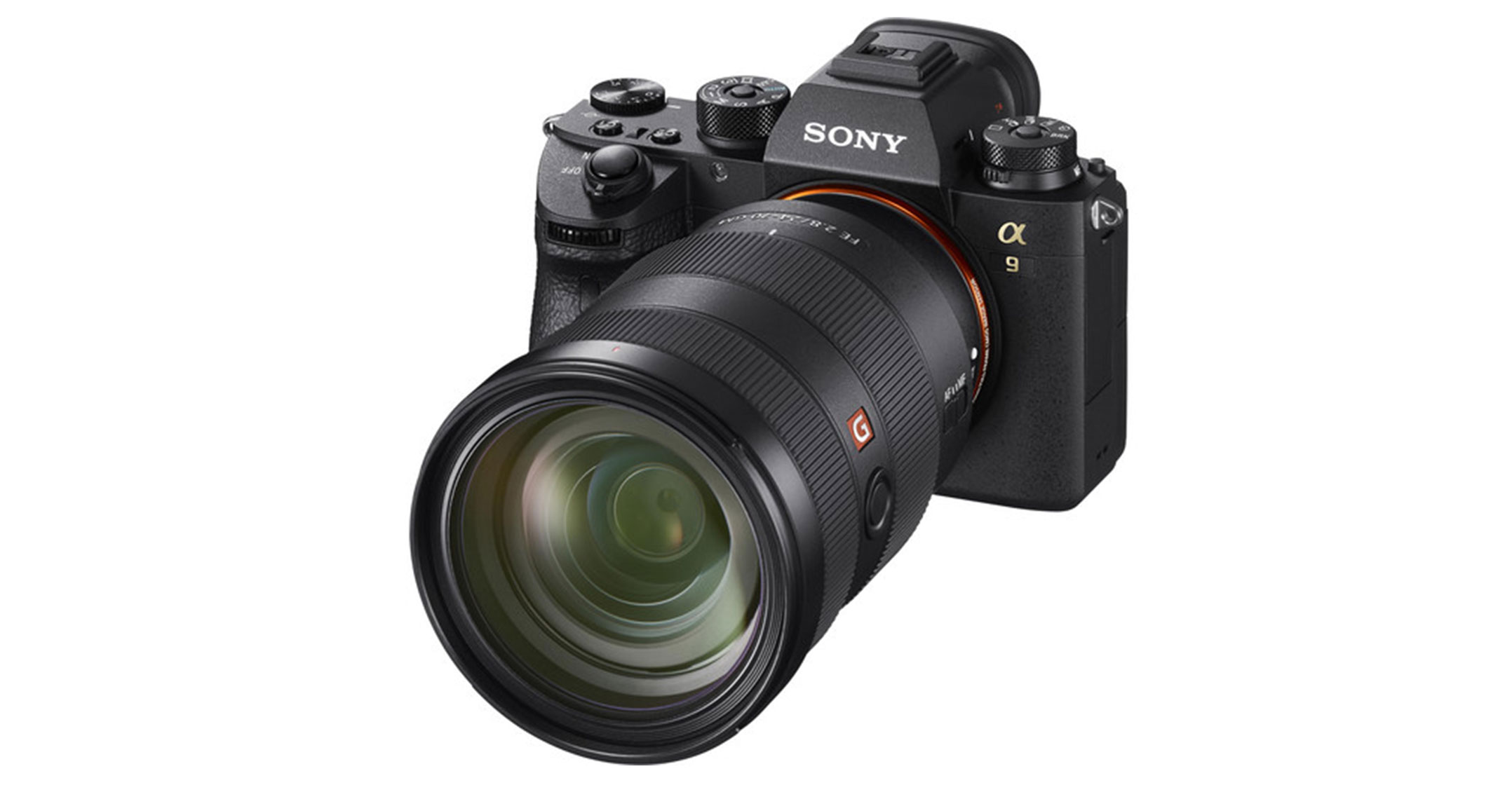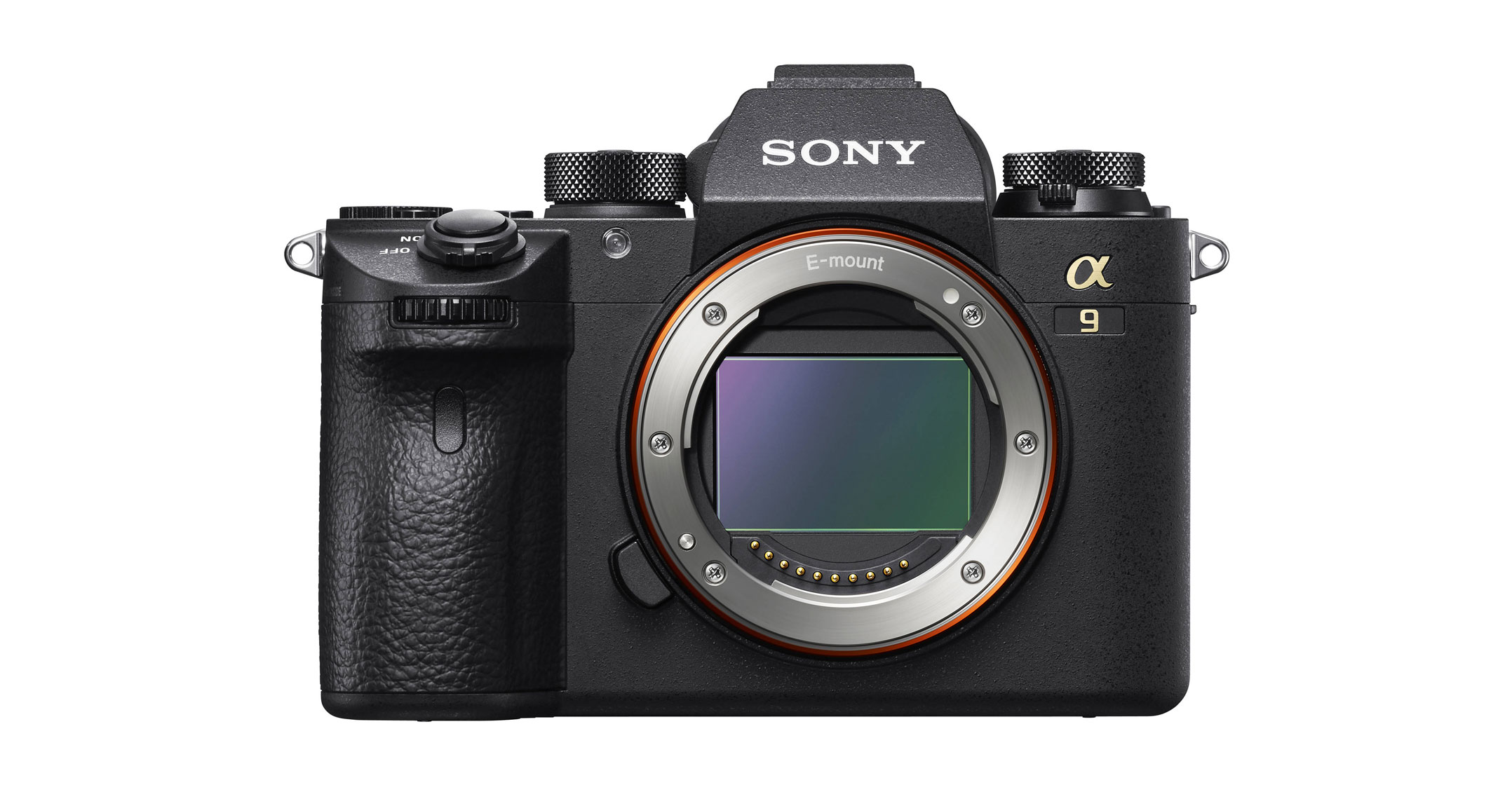 Eight seconds. That’s how long a cowboy needs to stay on a bucking bronco to qualify for a rodeo score. For photographers, that’s barely enough time to take just a few blurry, often unusable pictures.
Eight seconds. That’s how long a cowboy needs to stay on a bucking bronco to qualify for a rodeo score. For photographers, that’s barely enough time to take just a few blurry, often unusable pictures.
“In the past, these images would have been made by pre-focusing and praying for the best,” said Kenneth Jarecke, who made his name shooting photos during the Gulf War.
His praying days are over. Jarecke is an early adopter of a new breed of mirrorless cameras made by Sony that excel at capturing crisp shots of fast-moving objects. Unlike digital single-lens reflex (D-SLR) cameras, his Sony Alpha a7R III ditches the mirror-and-prism system that shows what’s coming through the lens. The Alpha’s mirrorless design lets image sensors grab light faster and stay in focus using sophisticated software. It’s potentially a tectonic shift that gives Sony a chance to break the pro-photography duopoly Canon and Nikon have enjoyed since the days of 35mm film.
This isn’t the industry’s first major upheaval. Two decades ago, digital photography decimated manufacturers who stuck stubbornly to film (remember Kodak and Fujifilm?). In the past 10 years, smartphones with increasingly better cameras began eat into digicam shipments, slashing sales by more than 80%. Cameras for pros, such as Nikon’s US$6 500 D5 and Canon’s $5 500 1D Mark II, were considered unassailable, until now.
At stake is a market worth $3.2-billion/year. Although it’s a niche industry with just a fraction of total camera (and smartphone) sales, Canon, Nikon and Sony benefit from the branding (and sales) boost that comes with being the main suppliers of high-end cameras and lenses for sports, news and the arts. “Sony is now in a position to try and grab more market share,” said Kazunori Ito, an analyst at Morningstar Investment Services.
Sony’s incursion into professional photography didn’t happen overnight. It began with the early development of image sensors decades ago. In the 1990s, CyberShot cameras were marketed as easy-to-use devices that fit into consumers’ pockets. Later, smartphone makers came calling, making Sony the top supplier of camera chips for Apple and other manufacturers.
Then, in 2006, Sony bought Konica Minolta’s camera business, an unusual move for a company that prided itself on its engineering chops. While the first Alpha was essentially a rebadged Konica Minolta D-SLR, the products evolved rapidly. Eight years ago, Sony scrapped the mirror and gave users a digital viewfinder that offered a more accurate representation of the final image. With fewer parts and a more efficient design, they’re also smaller and lighter, a key selling point for those who lug them around all day.
‘Revolutionary’
“The a9 is really revolutionary,” said Michael Kooren, a news agency photographer who switched to Sony Alphas after shooting with Canon for 26 years.
Even so, adoption has been slow. Pro shooters are a loyal bunch, sticking to familiar gear with proven reliability. They also make substantial investments in what they call glass, the assortment of interchangeable lenses that easily cost more than the camera body. Some pros say Sony hasn’t rolled out new lenses fast enough, and have complained that customer support has lagged behind Canon and Nikon. Sony is working to improve both, according to Hiroyuki Matsushita, the manager overseeing product planning at Sony’s cameras division. “We were aware from the beginning that this would be for pros,” he said.
And the incumbents aren’t sitting still. Nikon is working on its first full-frame mirrorless camera, with more details of the device due to be announced on 23 August.
 Canon hasn’t disclosed any concrete plans; they’re “within the scope of development”, a company spokesman said. “The hurdle for Sony is still high,” said Tomonori Igari, an editor at Asahi Camera. “It depends on how much they commit to creating a support structure, and also on Nikon and Canon’s mirrorless strategy.”
Canon hasn’t disclosed any concrete plans; they’re “within the scope of development”, a company spokesman said. “The hurdle for Sony is still high,” said Tomonori Igari, an editor at Asahi Camera. “It depends on how much they commit to creating a support structure, and also on Nikon and Canon’s mirrorless strategy.”
For the time being, Sony intends to exploit its lead. The Tokyo-based manufacturer has begun marketing Alpha cameras more aggressively. Its flagship $4 500 a9 model recently took top prizes at three professional camera competitions. The company also offers more affordable Alpha versions for amateurs and semi-pros. Sony forecasts operating profit will climb as much as 40% to almost $1-billion for the business in three years.
If Sony succeeds in making mirrorless cameras the industry standard, expect press conferences to become a lot quieter without the shh-cluck shutter sounds made by DSLRs. That’s already made them popular among pro photographers at golf tournaments and courtrooms. The scuttlebutt among shooters in Japan is that noisy cameras will be banned from Emperor Akihito’s abdication ceremony in April, which effectively means only Sony Alphas could be allowed in the room. An imperial endorsement, if there ever was one. — Reported by Yuji Nakamura and Yuki Furukawa, (c) 2018 Bloomberg LP

